Starting EARLIER in 2015
daniel_nyc
9 years ago
Related Stories
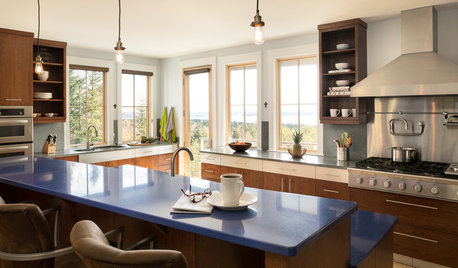
DECLUTTERING5 Ways to Jump-Start a Whole-House Decluttering Effort
If the piles of paperwork and jampacked closets have you feeling like a deer in the headlights, take a deep breath and a baby step
Full Story
FUN HOUZZ14 Things You Need to Start Doing Now for Your Spouse’s Sake
You have no idea how annoying your habits at home can be. We’re here to tell you
Full Story
MOST POPULAR10 Things to Ask Your Contractor Before You Start Your Project
Ask these questions before signing with a contractor for better communication and fewer surprises along the way
Full Story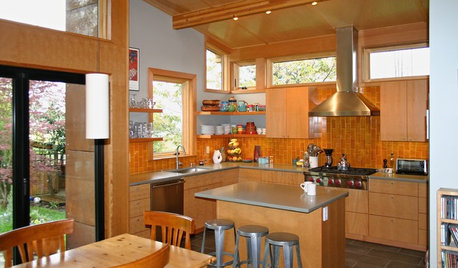
CONTRACTOR TIPS10 Things to Discuss With Your Contractor Before Work Starts
Have a meeting a week before hammers and shovels fly to make sure everyone’s on the same page
Full Story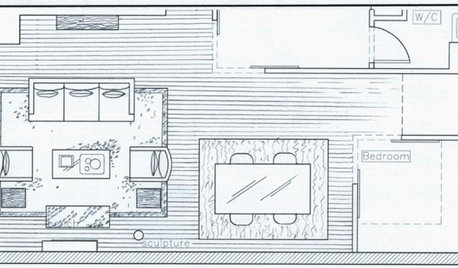
DECORATING GUIDES9 Planning Musts Before You Start a Makeover
Don’t buy even a single chair without measuring and mapping, and you’ll be sitting pretty when your new room is done
Full Story
REMODELING GUIDESPlanning a Kitchen Remodel? Start With These 5 Questions
Before you consider aesthetics, make sure your new kitchen will work for your cooking and entertaining style
Full Story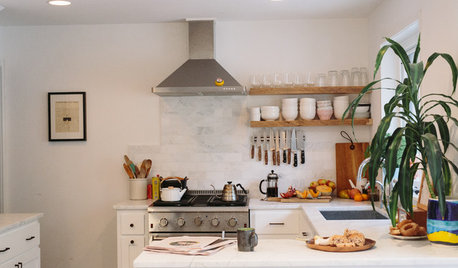
HOUZZ TOURSHouzz Tour: New Love and a Fresh Start in a Midcentury Ranch House
A Nashville couple, both interior designers, fall for a neglected 1960 home. Their renovation story has a happy ending
Full Story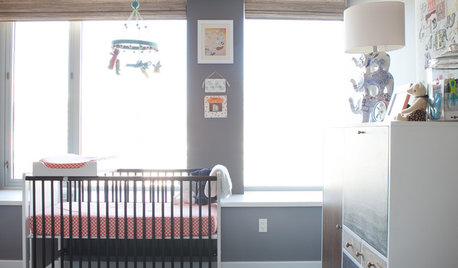
KIDS’ SPACESFresh Starts: Stripes and Style in a Flexible Nursery
This couple said no to a ton of baby gear and yes to fun and practicality
Full Story
GARDENING AND LANDSCAPINGCitrus 101: Start Your Own Backyard Orchard
This Earth Day Weekend, Add Some Green, Style and Deliciousness to Your Landscape
Full Story
GARDENING GUIDES10 Tips to Start a Garden — Can-Do Ideas for Beginners
Green up your landscape even if you're short on time, money and knowledge, with these manageable steps for first-time gardeners
Full Story






seysonn
daniel_nycOriginal Author
Related Professionals
Wrentham Landscape Architects & Landscape Designers · Fitchburg Landscape Architects & Landscape Designers · Garden City Landscape Architects & Landscape Designers · Sahuarita Landscape Architects & Landscape Designers · Brooklyn Center Landscape Architects & Landscape Designers · Stoughton Landscape Contractors · Wakefield Landscape Contractors · Hendersonville Landscape Contractors · Bon Air General Contractors · Broadview Heights General Contractors · Grand Junction General Contractors · Hayward General Contractors · Pinewood General Contractors · Wheeling General Contractors · Parlier Decks, Patios & Outdoor Enclosuressheltieche
Prachi
daniel_nycOriginal Author
milehighgirl
seysonn
milehighgirl
vinnybob
daniel_nycOriginal Author
seysonn
sheltieche
sheltieche
grubby_AZ Tucson Z9
seysonn
Pyewacket
seysonn
Pyewacket
sharonrossy
sheltieche
sheltieche
Pyewacket
sharonrossy